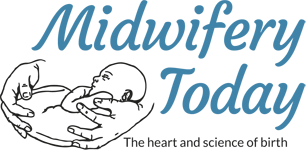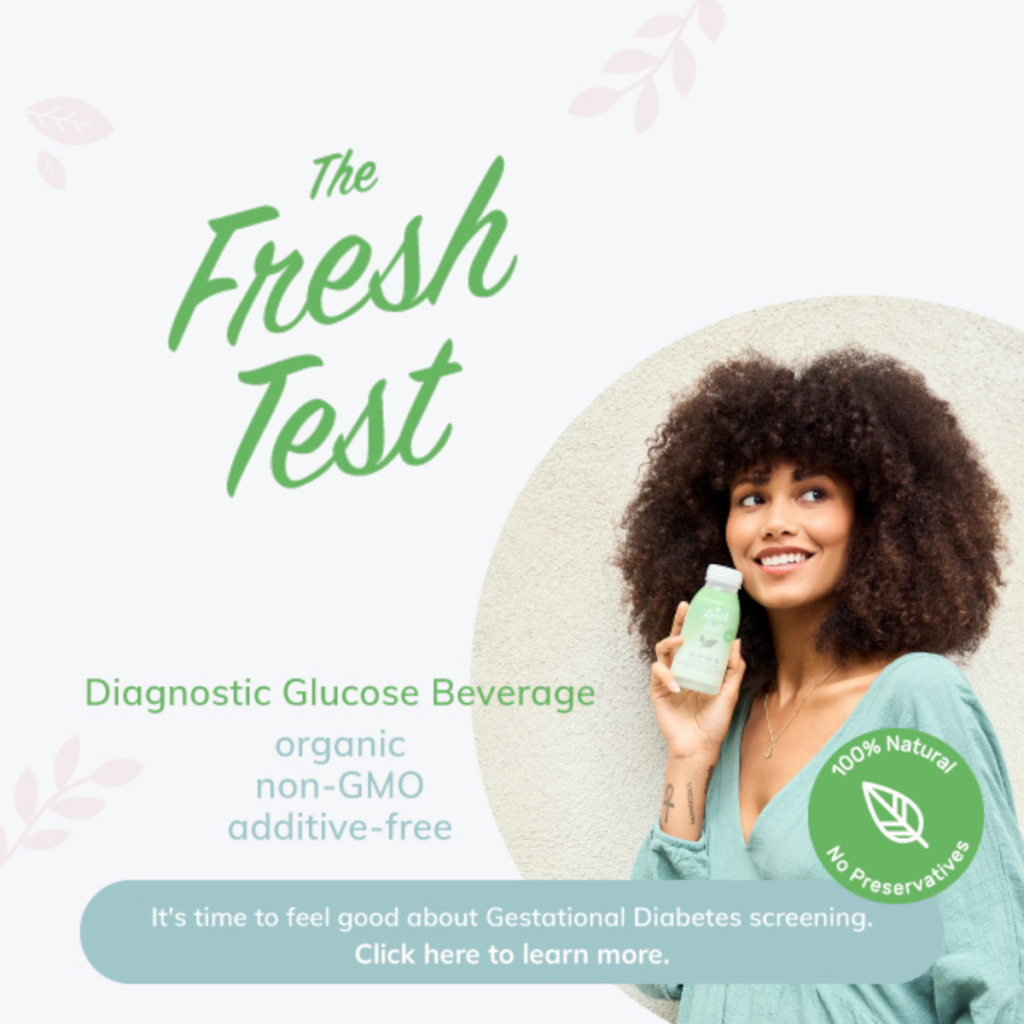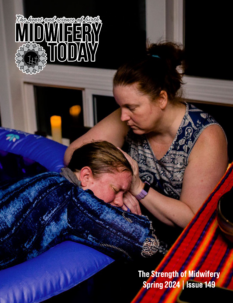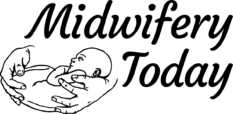
Hallie Dedrick—halliedphotography.zenfolio.com/blog
Honoring Placenta Wisdom
Editor’s note: This article first appeared in Midwifery Today, Issue 109, Spring 2014.
Subscribe to Midwifery Today Magazine
I wrote in Midwifery Today, Issue 108, about the placenta as First Mother. I talked about her link to baby via the umbilical cord and many of the marvels that link co-creates. The two are more than linked; the two arteries and one vein transport oxygen, nutrition, hormones and helpful (and sometimes harmful) environmental elements to and fro, including feelings and thoughts.

Family in tub with placenta floating in boat
I spent hours poring over my first placenta as an apprentice. I had watched farm and domestic mammals give birth but barely saw their placentas as the mother consumed them as quickly as they birthed. But the human mother acted somewhat awed or afraid of this bloody creature that followed her pristine child. I was fascinated by the puzzle pieces: the fat lobes making a pie-shaped disc; the way it felt heavy in my hand; the smooth side for baby; the veins running like rivers meeting at a center; the cord insertion; the smell. I turned it over and over and looked again.
My fascination intrigued my mentor and the mother. Together we pondered how the mother’s diet affected what we were seeing. We studied the few hard white spots and we wondered if her late dates had anything to do with that. We noticed the few clots and how easily they were removed from the fleshy lobes. I marveled at how such a broad base of surface could separate from the same size surface area of the uterus and dump, usually predictably, no more blood than the mother could tolerate. Clearly, to me, there was an intelligence at work that was as old as human birth and whose function was on a level unseen by the eye. I asked to take it home. I buried it with prayers on my land. That was 1978.
I studied with passion every placenta after every birth. Some had marginal insertions and the babies grew and birthed just fine. Some were low-lying and the babies grew and birthed just fine. Some had missing lobes with obvious abruptions and the babies grew and birthed just fine. Some had flat, poorly-vesseled lobes and the babies grew and birthed just fine. Some were tiny, others huge. Some had pencil-thin cords or short cords or jump-rope long cords, and, although I would watch deviations in labor patterns to accommodate the cord mysteries, the babies grew and birthed just fine. Some had large, flat white areas lacking in vascular lobes and one amazing vein traversing the nutritional desert until it reached a vascular banquet lobe, and those babies grew and birthed just fine. I began to suspect that if the placenta couldn’t do her job, we would see an early miscarriage, and if we got midway through the pregnancy, nature would have a million years of back-up plans to grow the baby and birth her before giving up on the placenta.
I watched babies with short cords ride high until the very moment of emergence and then birth all at once with a placenta on their heels. I watched labors with low-lying placentas progress so slowly only to go complete all at once with a gush of blood and baby in tow. I watched babies with triple nuchal cords be born in their bag of waters. I watched over and over again as nature preserved the living with an intelligence that outwitted every human plan.
As I studied more, I grew all the more humbled by the mystery and capacity of this unique organ grown only by women when they grow a baby. Hidden from our view, this miracle worker, this pump house of life power, feeds first a baby and then feeds its mother. It was in the 1980s that I first made a placenta smoothie. Ritualistically and toasting to the health and happiness of the mother, I thought it tasted a bit like spicy V-8. I am a vegetarian, but somehow knowing that placentas are the one flesh food that even herbivores eat made all the difference. Mothers who consumed their placenta bled less, recovered sooner and had fewer mood swings in the early weeks of mothering. I am not surprised that placental encapsulation has made its way into the modern birthing mother’s life as medicine. Accustomed to pills and a sterile world, encapsulation is the obvious answer for smart, modern women who don’t want to miss out on the expanding repertoire of benefits of placental medicine. Good for them.
If a mother wasn’t going to bury her placenta under a namesake bush or tree, I offered to take it home with me. Into my freezer it would go until it was used for teaching or further inquiry by me, especially if the birth was unusual in pattern or outcome. My children would often exclaim days later, “Mother! Not next to the peas!” It was double bagged of course, but the modern woman was being born into my own tribe. We are Cherokee.
I was recently teaching in Russia. I made a special presentation on the basic look and function and some variations of the mysterious work of placentas. Many of the participants asked me, “Sister, why do you love placentas?” I shared my enthusiasm for how the female mammal could grow an organ only when she needed it and then at perfect timing release it without harm to herself or the child it fed and protected. In my presentation I had shown the maternal and infant side of a small placenta that fit in the palm of my hand. I reminded the participants that the size of placenta mirrors the size of the baby. The pink, vigorous baby attached to that itty bitty placenta weighed 5 lb 6 oz. We were fortunate to have two donated placentas for the presentation: one from a baby weighing 7 lb, which we later planted with ritual in a potted tree, and another from a baby who weighed 10 lb at birth.
The 10 lb baby was born to a Russian mother who had come to our conference in June with so much fear and desire to birth at home without a hemorrhage. It was her fourth pregnancy. Her previous births were marked by an accreta with hemorrhage and need for assistance. In June we discussed many options for rewriting this legend story including taking homeopathic hydrastis and working with her fears. She drove two hours to show us her miracle story! She had grown a healthy placenta with no accreta and no excessive blood loss. She was so happy and we were so happy for her!
I set the two donated placentas side by side. Oh, the comparison was so dramatic! I turned them over and over in my hands and recreated the bags from which the babies had been born through a small hole just big enough for their body to slip through. I spoke and shared and marveled anew and aloud how this massive surface could slide off the wall of the womb and in only a few weeks leave no trace of its existence. I spoke again of the lobes and veins and tree of life, sometimes called the first mother, as I pointed out the healthy color and texture and cord and blood supply. I watched as all the participants rose from their seats and circled around me, eager to get a closer look. I noticed someone elbowing their way to be next to my side. I finished my sentence and looked to see who this eager mother might be. It was a young boy of maybe nine or ten years! He had gloves on and stood ready to go first. I shared the box of gloves and invited them all to feel the weight and turn the placentas over and over and discover for themselves what a book cannot teach. I noticed that their fears had dispelled and were replaced by curiosity and interest and question and wonder. I know the feeling well.
I stepped back and watched the magic of hands-on learning begin. I felt a glow in my heart to return to women, and some young men, a simple path of honoring placenta wisdom.

 Sister MorningStar has dedicated a lifetime to the preservation of instinctual birth. She birthed her own daughters at home and has helped thousands of other women find empowerment through instinctual birth. She is the founder of a spiritual retreat center and author of books related to instinctual and spiritual living. She lives as a Cherokee hermitess and Catholic mystic in the Ozark Mountains of Missouri. Visit her on the web at:
Sister MorningStar has dedicated a lifetime to the preservation of instinctual birth. She birthed her own daughters at home and has helped thousands of other women find empowerment through instinctual birth. She is the founder of a spiritual retreat center and author of books related to instinctual and spiritual living. She lives as a Cherokee hermitess and Catholic mystic in the Ozark Mountains of Missouri. Visit her on the web at: 
















